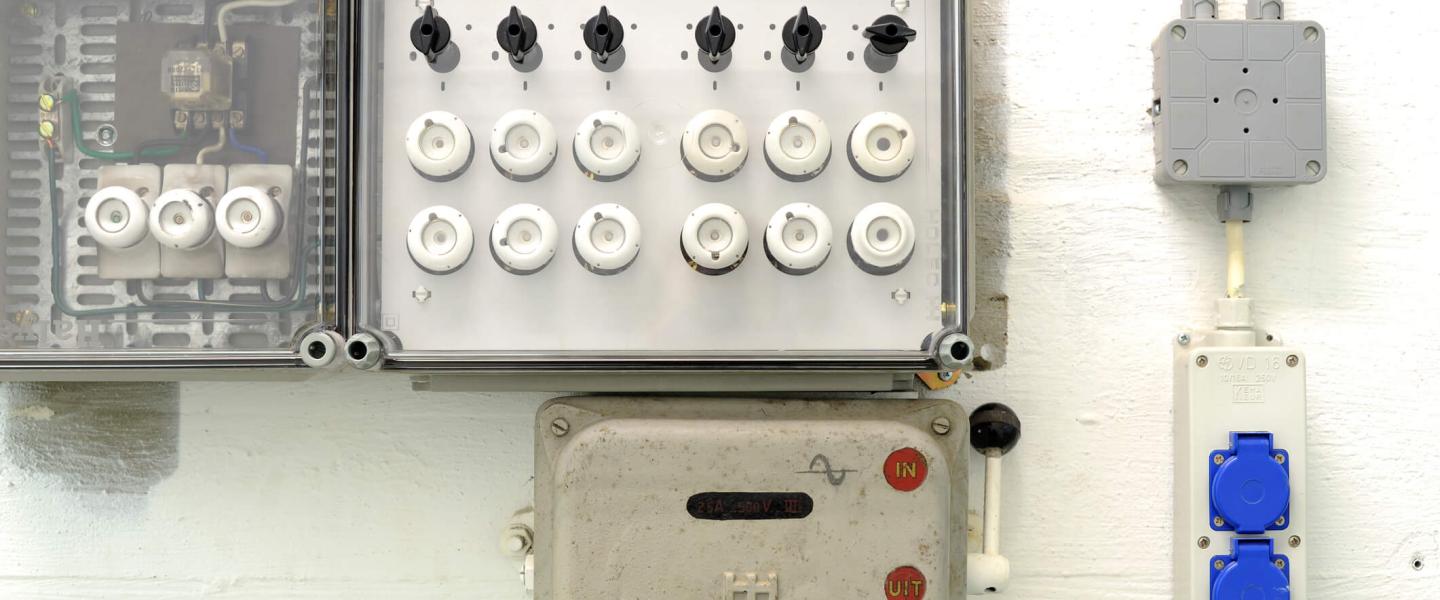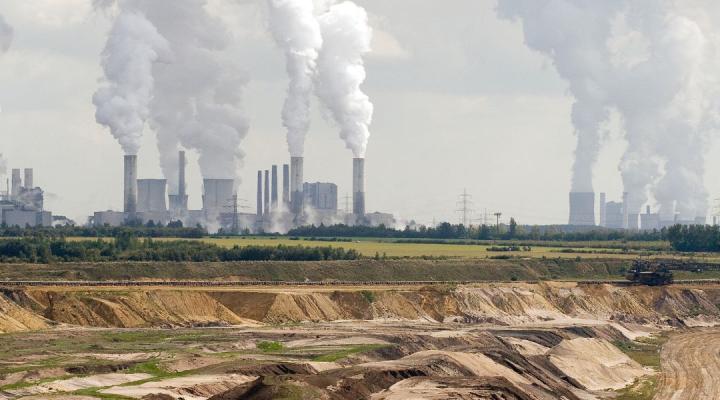If acting on the threat of Covid-19 was the first critical moment of change, we face more as we emerge from lockdown. What should we look out for?
Speculation is currently rife about what a post-virus world should look like, accompanied by a steady stream of reflections on risk management and organisational resilience. And yet, for all of this reflection, we find that one issue remains under-discussed, namely how, when and why do we make the switch from a normal to a non-normal world? The responses to the Covid-19 epidemic reveal considerable variety in switching to lockdown, and whilst the blame game about delay in the UK rumbles on, the more pressing debate around an exit strategy from lockdown becomes prominent.
The bridge from normality to crisis
We know how to manage risks that we know or can easily envision. There is an abundance of frameworks for enterprise-wide risk management. Business continuity planning and crisis management are also relatively well-understood bodies of practical guidance. What we know much less about are the conditions under which the switch from one to another is made. When and how is the operating model for ‘business-as-usual’ perceived as no longer appropriate by key actors? And when should they switch to crisis management? Do they act deliberatively or reactively?
Of course, this is important, because as Covid-19 engulfed the world, crisis management involved a crucial switch decision in the move from social distancing to lockdown. This problem of switching is specific. Whilst it is related to the much-discussed issue of preparedness, it is, in fact, a kind of less visible readiness, which is as much psychological and organisational as it is a question of having sufficient ventilators or testing capacity. Of course, being unprepared can inhibit switching but they are distinct issues.
Making a switch - by rethinking, even abandoning core assumptions - is hard. Academic studies have shown that individuals and organisations are slow to realise that they are operating in new conditions. In many aspects of social and economic life, we have a tendency to anchor to the present and ignore early cues that tell us that the world has shifted. Faced with Covid-19 many countries, businesses and individuals failed to make the transition from the normal to the non-normal early enough.
The present crisis therefore provides a natural experiment for social scientists to observe and learn from the ways in which different societies, with different values, have made the switch into and out of lockdown. The contrast between early movers such as Greece and South Korea and the slow reaction of the USA has been remarked upon. But are these differences down to leadership alone? Wilder culture clearly plays a role. Mary Douglas and Aaron Wildavsky’s book Risk and culture: An essay on the selection of technological and environmental dangers shows how the deeply embedded values of groups and societies influence the selection of risks for intervention.
The initial non-interventionist response advocated by governments with seemingly individualist leanings (the UK and USA) contrasts with the fast and aggressive interventions imposed in countries such as Singapore, China and South Korea. Cultural theory tells us that societies and organisations are defined by the values they uphold and consider to be primarily at risk. Is it the risk of economic disruption that really matters? Or the threat to health and the vulnerable? These cultural contrasts go some way to explaining differences in switching to crisis mode and then to lockdown. Importantly they suggest that different values may influence reactions to emerging crisis. But these are broad brush strokes. How can we begin to address the problem of switching head-on?

Build capability to switch gradually. Switching will be cognitively easier and more rapid if it can be graduated
Managing the switch
Switches are difficult to make and predict because they bring to the surface irreconcilable conflicts between values that in normal circumstances are invisible. Saving lives and livelihoods are broadly compatible priorities normally but in the non-normality of Covic-19 they come into conflict. Leaders will always be challenged about whether they did 'too much, too early' or 'too little, too late'. In the UK, shortages in personal protective equipment, ventilators and testing kits have become emblematic of preparedness failure compared to some other countries. But the history of disasters teaches us that organisations often do not pick up early warning signals and tend to normalise deviant practices and incubate risk. In the face of such tendencies, we recommend five processes which could enhance capabilities to switch, both into and out of emergency mode.
1. Value expertise
In addition to the new recognition and evaluation of (often migrant low-paid) front-line workers, Covid-19 has seen the re-evaluation in the UK of the recently-derided expert. It takes humility for leaders to acknowledge that they do not actually know when and how to trigger switches. Organisational and political leaders should engage with and learn from independent experts – keeping them close to policy-decision processes. Experts, even when they disagree with each other under conditions of uncertainty, are more likely to ensure that switching to crisis-mode happens rapidly.
2. Listen intently to outsiders
Barry Turner, who coined the phrase ‘man-made disaster’, argued in ‘The organisational and interorganisational development of disasters’ published in Administrative Science Quarterly in 1976 that in order to counter powerful cognitive and structural biases towards maintaining the normal, organisations need to invest in processes that are alert to weak signals of impending emergency. In addition to experts, leaders must regularly listen to signals coming from the outside or far away. Many organisations were aware of the existence of the Covid-19 threat early in the year – but only as a weak signal (out there but remote). Organisations need processes that magnify distant voices as part of their decision-making.
3. Encourage dissenting voices inside the organisation
In addition to enrolling experts and listening to outsiders, leaders can also find it difficult to invite and amplify internal dissent. Low-threshold, bottom-up communication can foster employee willingness to speak up about anomalies, but only in the presence of psychological safety. Low perceived psychological safety, in the face of a fast-changing crisis event such as Covid-19, breeds anxiety and apathy, further reducing organisational capability to switch into a new mode of operation.
4. Position the devil’s advocate
Research evidence confirms the value added by assigning devil’s advocates to risk positions, as opposed to just fostering discussions. Organisations should nurture the conditions under which the case for switching to a non-normal world can be made and rebutted. Contriving confrontations like this enables the non-normal world to be imagined in scenarios and other devices. It also creates collective capability for switching when time is of the essence. Normalising contests between competing and conflicting viewpoints is likely to minimise the weight of the present when switching becomes urgent.
5. Build capability to switch gradually
Switching will be cognitively easier and more rapid if it can be graduated. As with government security colour codes, organisations need to develop processes for graduated switching between normal and non-normal conditions. These stages will need to be finely calibrated, well-understood with clearly prescribed actions. Such processes would avoid cliff-edges in switching and ensure that organisations act more rapidly on the way into a crisis, and more gradually and cautiously as they come out of it.
Switching as a new condition
Taken together these five propositions reduce the risk that organisations react too early to false positives and react too late, as the UK and USA seem to have done. However, if recognising and acting on the threat of the coronavirus was the first critical switching moment, we face at least one, and probably several, more as we emerge from strict lockdown.
In many ways, lockdown is intellectually easy. It is unpleasant, economically damaging and hard to police. But as a remedy it is clear cut. The exit strategy is much less clear – and it will again involve multiple problems of switching. In the case of Covid-19, we expect that the process of transition will be lengthy but not smooth. Yet, we have little to guide us. We prescribe a process, with leaders listening and inquiring rather than telling and advocating. We think our five principles will enhance our capacity to transition to a less abnormal world. With any luck, organisations and states will learn to enhance their switching capacity for the next impending crisis.




